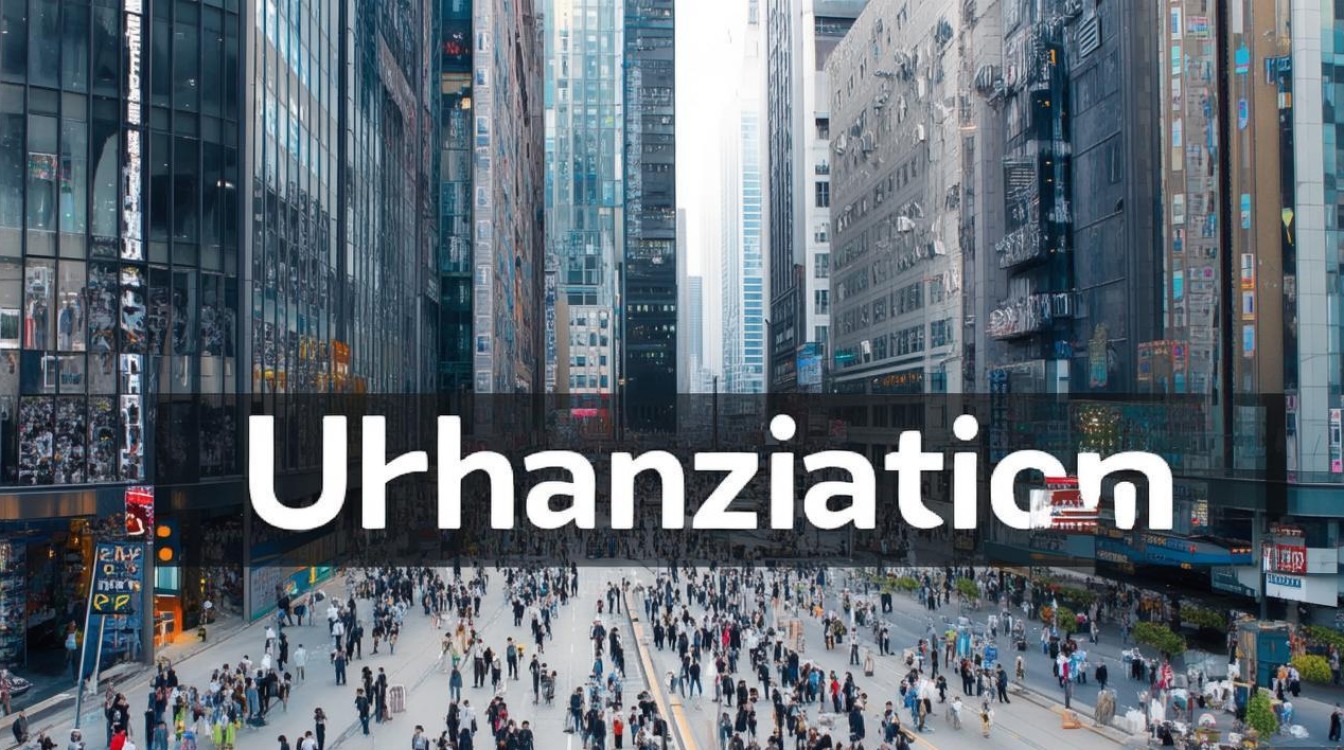Urbanization in the Context of IELTS Speaking
Urbanization, the process by which rural communities grow to form towns and cities, is one of the most defining global trends of the modern era. This phenomenon has profound implications for economies, societies, and environments, making it a common topic in IELTS Speaking tests. Understanding its causes, effects, and future prospects can help candidates articulate well-rounded responses. Below, we explore key aspects of urbanization, structured for clarity and depth.

Causes of Urbanization
Urbanization is driven by a combination of push and pull factors. Push factors from rural areas include limited access to education, healthcare, and employment opportunities, often exacerbated by agricultural modernization, which reduces the need for manual labor. Pull factors, on the other hand, attract people to cities: better job prospects, higher wages, improved infrastructure, and access to cultural amenities. For instance, in developing countries like India and China, rural-to-urban migration has surged as cities become hubs for industrial and service-sector growth.
Additionally, natural population growth within cities contributes to urbanization. As mortality rates decline due to advancements in medicine and sanitation, urban populations expand even without migration. This demographic shift is particularly evident in megacities such as Tokyo and Lagos, where natural increase accounts for a significant portion of urban growth.
Effects of Urbanization
The impacts of urbanization are multifaceted, affecting economic, social, and environmental dimensions.
Economic Effects
Cities are engines of economic growth, concentrating capital, labor, and innovation. They foster agglomeration economies, where businesses benefit from proximity to suppliers, customers, and a skilled workforce. For example, Silicon Valley’s tech cluster thrives on the concentration of talent and investment. However, urbanization can also exacerbate inequality, as wealthier residents access better services while informal workers, such as street vendors, struggle to earn a living.
Social Effects
Urbanization transforms social structures. Cities offer greater diversity and access to education but can lead to social fragmentation. High population density may strain community bonds, though it also enables cultural exchange. Housing affordability is a critical issue; in cities like London and New York, skyrocketing rents displace low-income residents, contributing to homelessness.
Environmental Effects
Urbanization places immense pressure on the environment. Cities consume 75% of global energy and emit 70% of greenhouse gases, according to the UN. Concrete landscapes replace green spaces, reducing biodiversity and increasing the urban heat island effect. Air and water pollution are common byproducts, though some cities are mitigating these issues through green infrastructure, such as parks and renewable energy initiatives.
Future Prospects of Urbanization
By 2050, the UN projects that 68% of the world’s population will live in urban areas, with most growth occurring in Africa and Asia. This rapid expansion necessitates sustainable urban planning. Smart cities, leveraging technology to optimize resource use, are gaining traction. For instance, Barcelona uses sensors to manage traffic and energy consumption, reducing waste and improving livability.
However, challenges remain. Informal settlements, or slums, house nearly one billion people globally, lacking basic services. Governments must balance development with inclusivity, ensuring urban benefits are shared equitably. Policies promoting affordable housing, public transport, and green spaces are essential to creating resilient cities.
Table: Key Urbanization Statistics
| Region | Urban Population (2025) | Projected Urban Population (2050) |
|---|---|---|
| Global | 56% | 68% |
| Asia | 52% | 64% |
| Africa | 43% | 58% |
| Europe | 74% | 84% |
Source: United Nations Department of Economic and Social Affairs
FAQs About Urbanization for IELTS Speaking
-
What are the main challenges of urbanization?
Urbanization presents challenges like overcrowding, inadequate housing, pollution, and strained public services. For example, slums in Mumbai lack clean water and sanitation, leading to health crises. Additionally, traffic congestion and environmental degradation reduce quality of life. Sustainable planning and inclusive policies are crucial to address these issues. -
How can cities become more sustainable?
Cities can adopt sustainable practices by investing in public transport to reduce car usage, promoting green buildings to lower energy consumption, and creating green spaces to improve air quality. Initiatives like Copenhagen’s goal to be carbon-neutral by 2025 demonstrate how urban areas can balance growth with environmental responsibility. Community involvement and policy support are key to implementing these changes effectively.
In conclusion, urbanization is a complex, irreversible trend with far-reaching implications. For IELTS Speaking candidates, discussing its causes, effects, and solutions demonstrates awareness of global issues. By structuring responses with clear examples and balanced viewpoints, test-takers can showcase their language proficiency and critical thinking skills.











